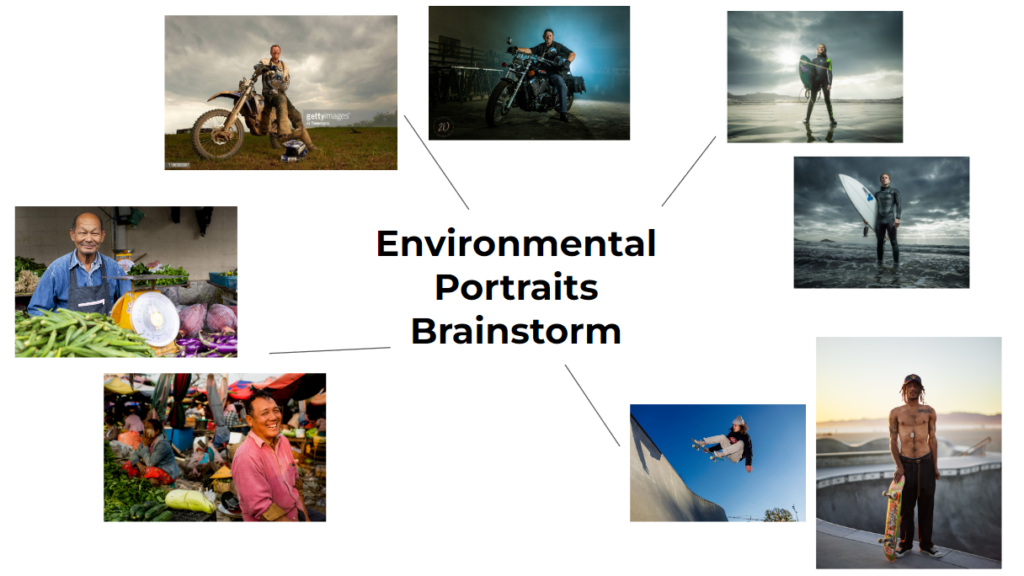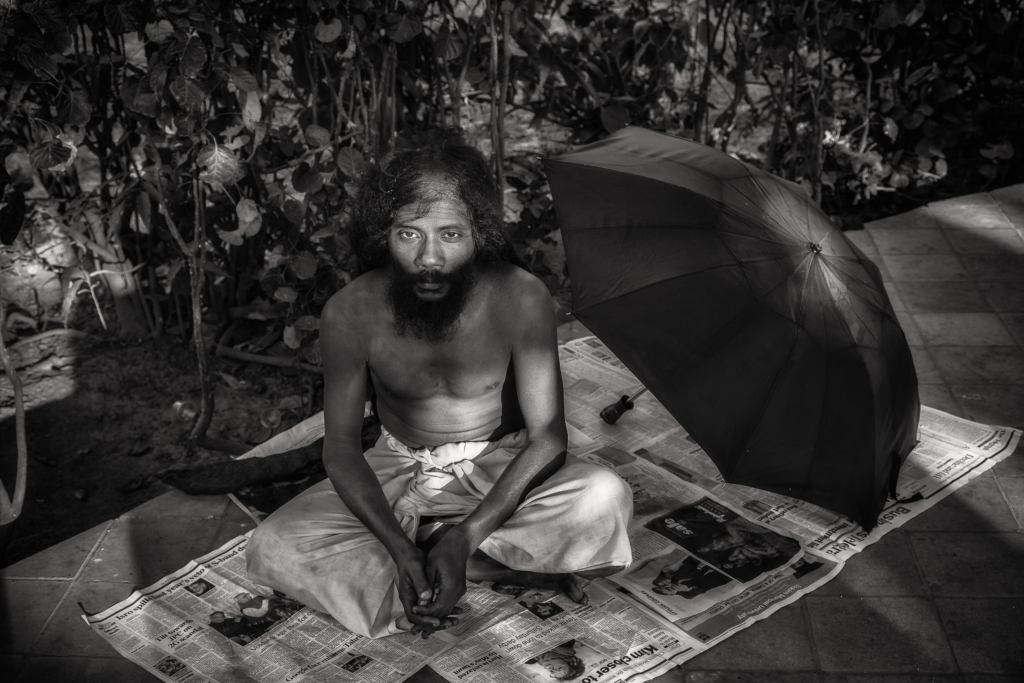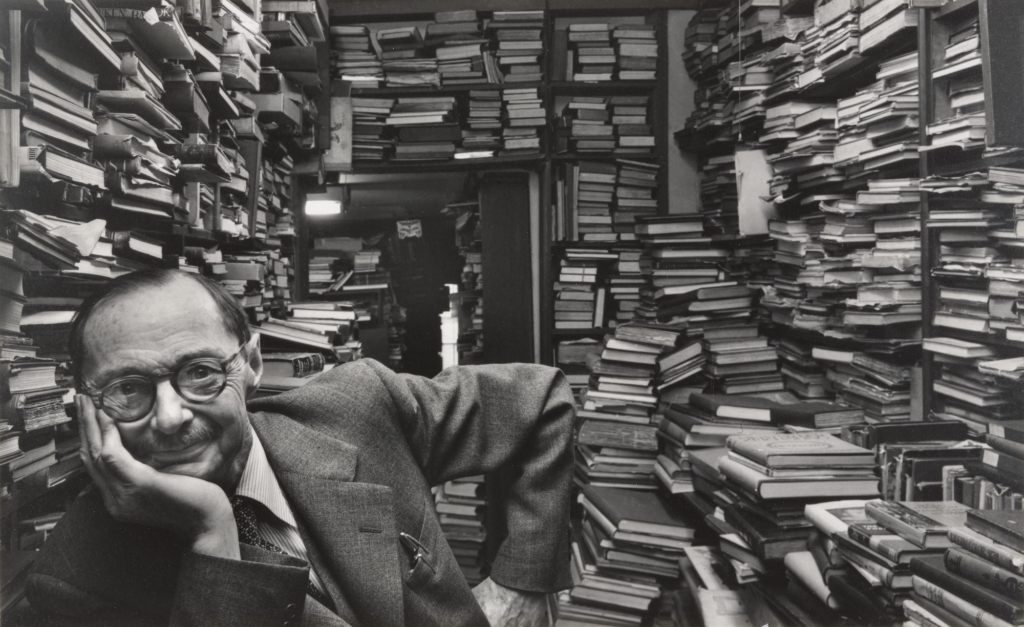
Emotional Response
Straight away this image portrays power and makes the viewer feel inferior and intimidated. The lighting, composition and subject creates an overall evil feel to the image and creates an uncomfortable situation for the audience.
Technical – how was the photo taken?
This photo has been carefully created and composed to present the subject as superior. The lighting is a mixture of natural and artificial. The backlighting is projected from the roof and back wall, which without artificial lighting would make the subject a silhouette. The photographer has strategically lit up the sides of his face to leave the main facial features dark, adding to the evil and intimidating theme. The photographer would have probably used a large aperture to create the short depth of field, focusing on the subject. I would suspect he also used a tripod to make sure the image was sharp, but have used a shorter shutter speed as the large aperture would be letting in more light. I think he would have used an ISO of 100-200 as it is quite a dark image. The temperature of the image its quite cold, although there are warm hues mixed in. The overall image has a green tone.
Visual – what can I see in the image
The photographer has used rule of thirds to create a strong mise-en-scene. He has placed the subject in the centre to be the main focal point. The two pillars on either side create a frame within a frame which gives the image more structure and depth which produces more intensity. The background then follows on, with lines that lead directly behind him to the end. The light is focused in the centre of the image, with a dark vignette to create more focus. All this makes the image more intense. There is a lot of different high detailed texture in the photo, from the wrinkles in the subjects skin to the columns behind him. The texture slowly fades as the depth of field is short.
Conceptual – why was the photo taken / presented and its story/ background?
The photo was taken by Arnold Newman in 1963, when Newsweek magazine wanted to commission him to photograph the German industrialist Alfred Krupp (the subject of the portrait). Newman declined this offer at first because he saw Krupp as the devil due to the fact he was a convicted war criminal (although later pardoned). Newman decided to go ahead with the job and photographed Krupp seated in his factory. Newman stated “My hair stood on end”. This photo was later considered one of the most important photos, and Arnold Newman became known as the father of the environmental portrait.











